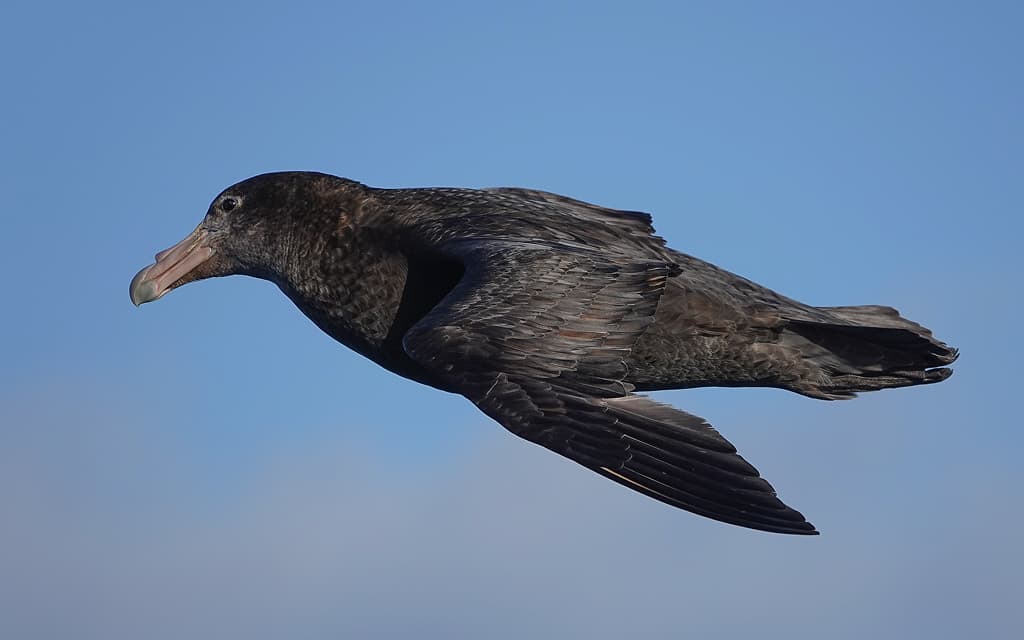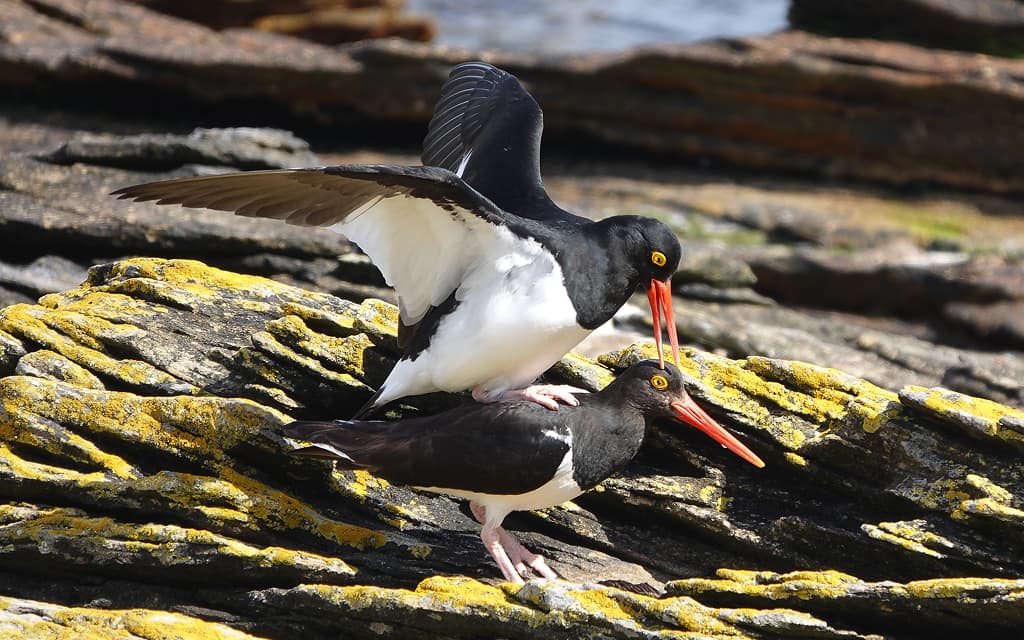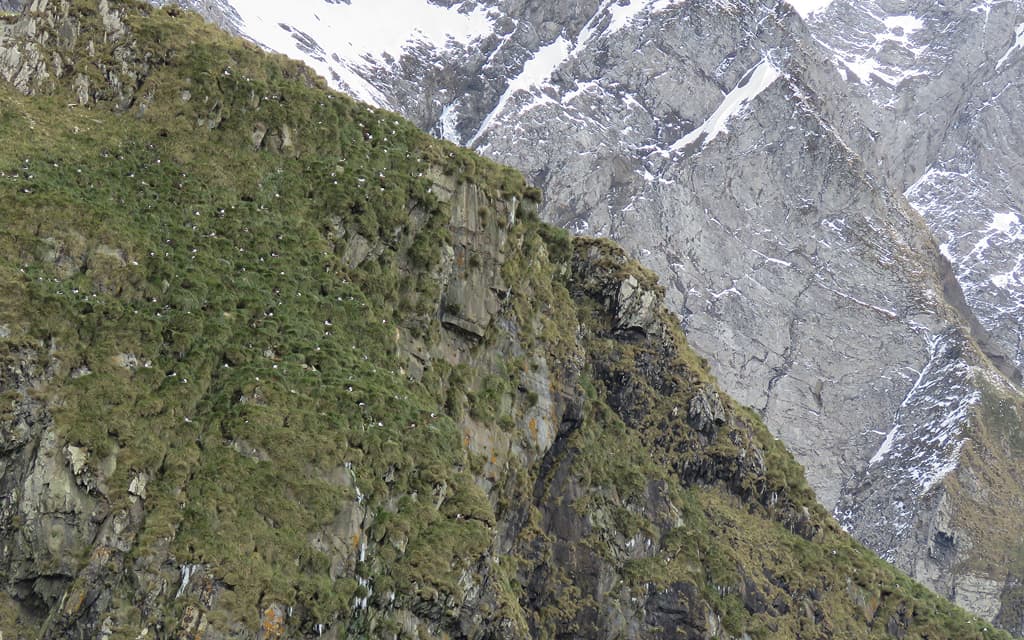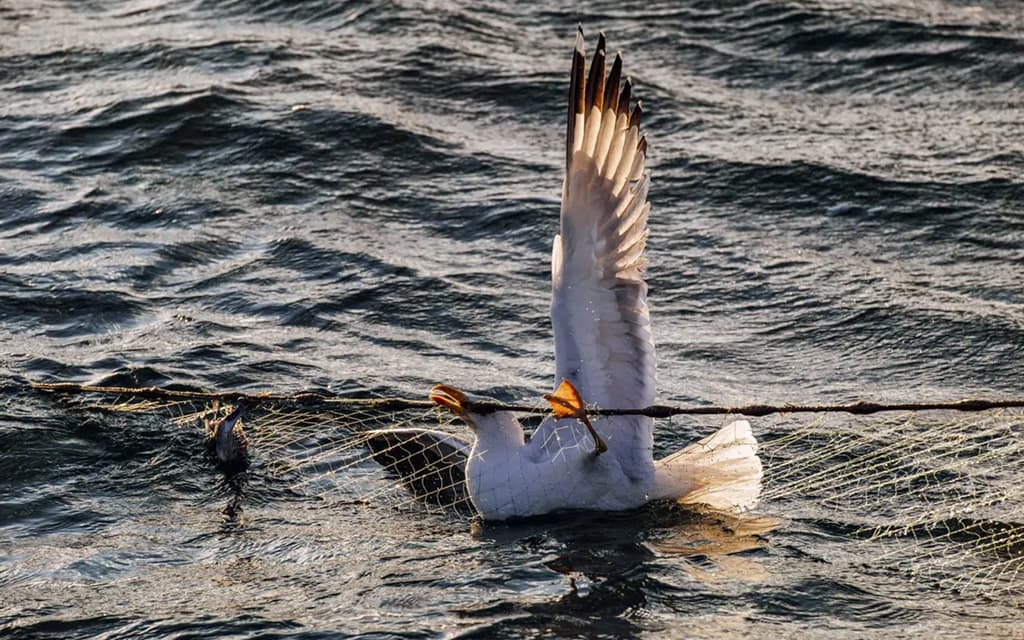Masters of the Skies,
Coastal Sentinels
Discover the word of Seabirds
learn about
Seabirds

Description
Seabirds are highly adapted to their oceanic lifestyles.
Spending most of their life at sea, their wings are designed for efficient flight over long distances, and their waterproof feathers keep them dry and insulated. Many species have specialised glands to excrete excess salt, allowing them to drink seawater.
Feeding
Seabirds primarily feed on fish, squid, and crustaceans.
Their hunting methods vary: some species dive from great heights, while others skim the water's surface or plunge dive. Their keen eyesight and agile flight make them formidable hunters in the marine environment.


Breeding
Seabird breeding habits are as varied as the environments they inhabit.
Some species gather in vast colonies on cliffs or sandy beaches, while others nest alone in caves or on remote islands. Courtship displays are often dramatic, featuring aerial acrobatics, vocal calls, and intricate physical gestures that help strengthen pair bonds and ensure that only the fittest individuals breed.
Many seabirds form long-term monogamous pairs, often returning to the same mate each season. Their nests range from simple scrapes in the ground to carefully built structures of vegetation, feathers, and seaweed. Remarkably, many species return to the same nesting sites year after year, a behaviour that helps maintain stable breeding colonies but also makes them particularly vulnerable to change, especially as shifting climates and human disturbance alter coastal habitats.


Colony Life
Seabirds show remarkable diversity in how they live and breed.
Depending on the species, they may forage cooperatively, defend nesting sites together, or raise their chicks in large communal colonies. Life in these dense groups provides safety in numbers, reducing the risk of predation and improving breeding success.
Although lifestyles vary widely, seabirds generally live longer than most other birds and invest significant energy in raising their young. Many species share similar feeding habits, often specialising in fish or other marine prey. Some, such as gulls, spend much of the year inland or far from the open sea, while others undertake famously vast migrations across oceans to breed in large colonies where safety and social bonds are key to survival.


Climate Change
Climate change poses a significant threat to seabirds, affecting their food supply and breeding habitats.
Rising sea levels and increasing extreme weather conditions can destroy nesting sites, while warming oceans alter the distribution of prey species, making it harder for seabirds to find food.
Human Activities
Human activities such as overfishing, pollution, and habitat destruction have severe impacts on seabird populations.
Bycatch in fishing operations leads to the accidental death of many seabirds, while plastic pollution and oil spills cause injury and mortality. Coastal development further encroaches on critical breeding habitats for already threatened species.


Conservation Efforts
Seabirds are one of the most threatened groups of birds in the world, they have globally declined by 70% in the last 50 years.
Conservation efforts for seabirds include establishing marine protected areas, implementing sustainable fishing practices, and reducing pollution. Projects like Seabird Watch harness new technology and involve citizen scientists in monitoring seabird populations, providing valuable data for conservation planning and regulations. Public education and advocacy are also crucial in promoting seabird conservation.


Seabird Conservation: Monitoring and Protection Strategies
Dive into our efforts to track and protect seabird populations. Discover how we ensure their survival and how you can help.
Track and Protect
Engage and Support
Get Involved & Make a Difference
Our research informs action, but we rely on your support.
Your gift empowers conservation efforts to safeguard these incredible creatures.





